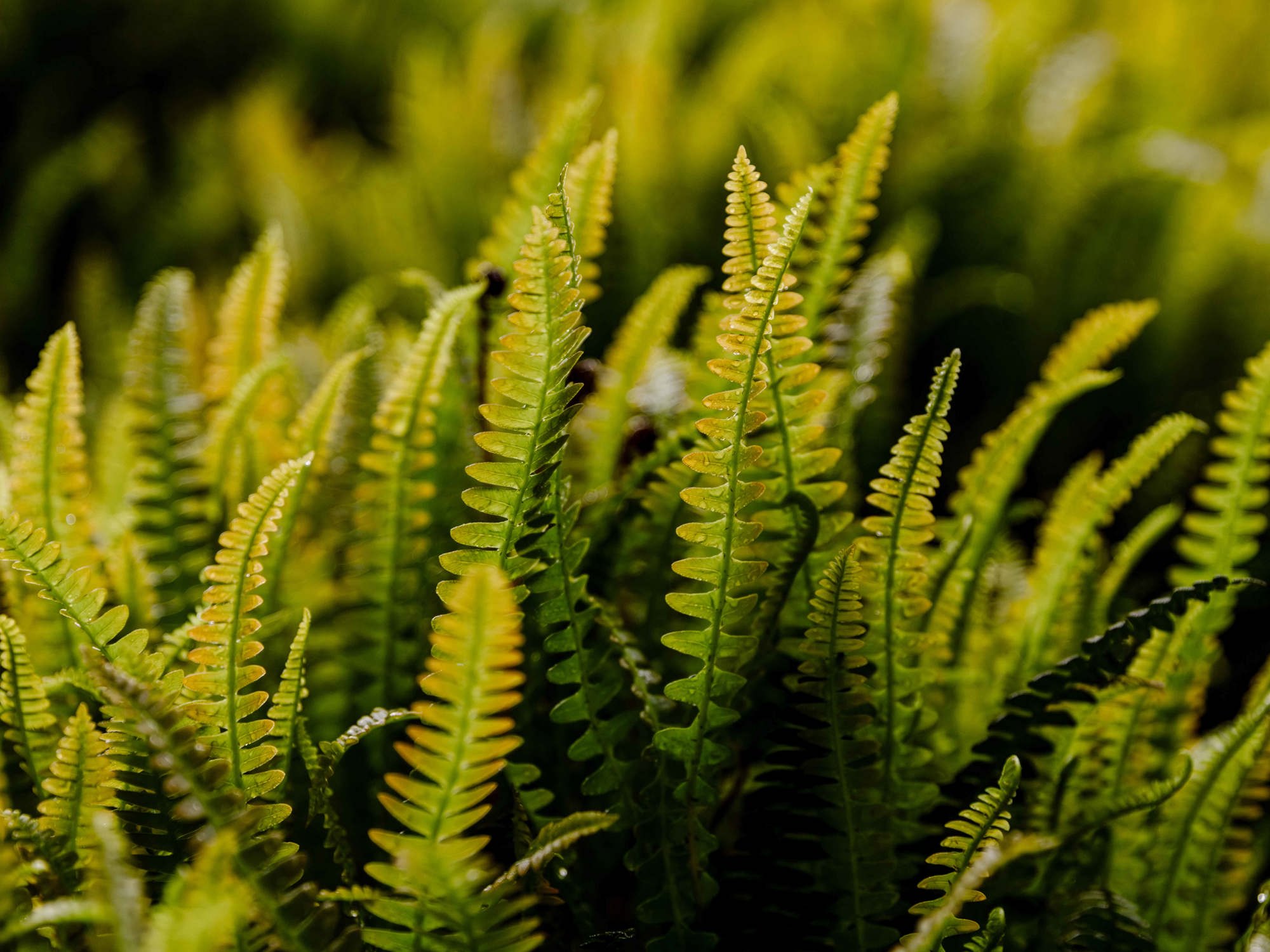From miniscule diatoms to fungi, mosses and a single tree, 70 plant species spanning 23 countries have been recorded as new to science by researchers at the Royal Botanic Garden Edinburgh (RBGE) and their international partners over a 12-month period. Defying the challenges of pandemic lockdowns, the researchers have pooled information from Australia and Bhutan to Ukraine and Vietnam, advancing the drive to catalogue all life on Earth.
Herbaceous plants make up the greatest number of newly described species. Of a total 38, there are 18 begonias, 13 gingers and four gesners, all from the threatened wet forests of Bhutan and Southeast Asia. Some are known only from a few individuals, making them at once new and also endangered.
Among them is Begonia bhutanensis, a delicate specimen, tended by conservation horticulturists in the research glasshouses at RBGE since 1986, and only now identified.
The turning point came following a chance email to begonia researcher Dr Mark Hughes from Phub Gyeltshen, a colleague in Bhutan who was trying to identify an unusual looking begonia from the eastern ridges of the Himalayas: “Studying the photographs from Phub, I realised his ID request was for a plant also growing here in Edinburgh, which we had not yet identified,” Dr Hughes explained. “From that point we developed a collaborative approach to studying the specimens, finally gathering the data required to confirm it was a species not previously known to science.
“That eventually led to the publication of our joint research paper so making the work official. Provisionally, Begonia bhutanensis has been assessed as Critically Endangered according to IUCN criteria, the international organisation working in nature conservation and sustainable use of natural resources, because only three individuals have been seen in their natural habitat. They are growing near a road, which may be widened at some point, and this brings new importance to those conservation specimens growing here in Edinburgh and also at the botanic garden in the Bhutanese capital of Thimphu.”
Other Begonia species described last year, included one from India, one from Thailand, five from Colombia and nine from Indonesia. Many of the Indonesian species have been given names in Latinised Indonesian, to reflect their origin, such as Begonia batuphila, or “rock loving” as it grows on boulders near the coast of Sumatra. Begonia hijauvenia, meanwhile recognises the “green-veined” and beautifully patterned leaves.
Also in south east Asia, an unusual ginger species from the Philippines, has been scientifically named Hornstedtia albomucronata thanks to insights revealed through access to advances in DNA barcoding, which allowed identification of its closest relatives. The ginger, from Zamboanga Peninsula, superficially resembles a known Hornstedtia but is actually very different from all other known Philippine species – and researchers could not match it to any other species elsewhere.
Cutting-edge phylogenetic analyses revealed a close relationship with other species from Borneo, Java and Sumatra. Eventually, through the persistence of the global botanic garden community, even during lockdowns, Hornstedtia albomucronata, is described as a new species, complete with illustrations and information on its distribution, habitat, phenology and provisional IUCN conservation status.
Closer to home, the fascinating kingdom of fungi continues to offer new insights, this time in Fusaria, part of a large family of filamentous fungi, important in recycling nutrients from dead plants. In the recording year, 18 new species have been described, including Nothofusarium devonianum, named after the county of Devon where it was found on a butcher’s broom shrub (Ruscus aculeatus), while another fungi, Stylonectria hetmanica has been named after the Hetmanskyi National Nature Park in Ukraine.
Commenting on the year’s advances, Environment Minister Mairi McAllan said: “The Royal Botanic Garden Edinburgh play a vital role in safeguarding and enhancing biodiversity here in Scotland and around the world - and I’d like to take this opportunity to thank them for their work.
“As we approach COP15, this kind of innovation and international collaboration demonstrates just one of the ways we are committed to tackle global biodiversity loss and restore nature for future generations.
“In Scotland, our ambitious new biodiversity strategy will be published later this year and will set out what we will do to halt nature loss by 2030 and reverse it by 2045."
While notions of ‘discovering’ new species can suggest instant recognition and naming of plants out in the field, the reality is a much longer and more complex process. It can involve months and usually years of combined taxonomic research and conservation horticulture between the partner organisations, often working together across continents. Individual plants can be studied closely over long periods in research facilities and preserved Herbarium specimens are used to compare specimens. Advances in DNA sequencing of plant material are also playing their part and can escalate the process by which a species’ vulnerability in its natural habitat can be assessed.
Mark Hughes concluded: “Every time we describe a species as new to science we are recognising the international obligation to fulfil objectives for the Global Strategy for Plant Conservation. The ultimate aim is to ensure all plant and fungal diversity – on which all life as we know it depends - is documented and understood.
“Time is not on our side. Human activity combined with climate change and other natural disasters mean habitats are being eradicated at unprecedented levels and plants are disappearing before they can be described, let alone understood. Giving plants a scientific name is the first step to ensuring their future, that of their habitats and the humans and animals to benefit from their very existence.”

